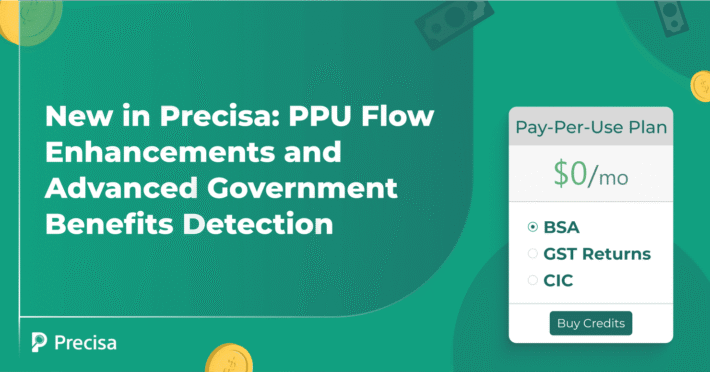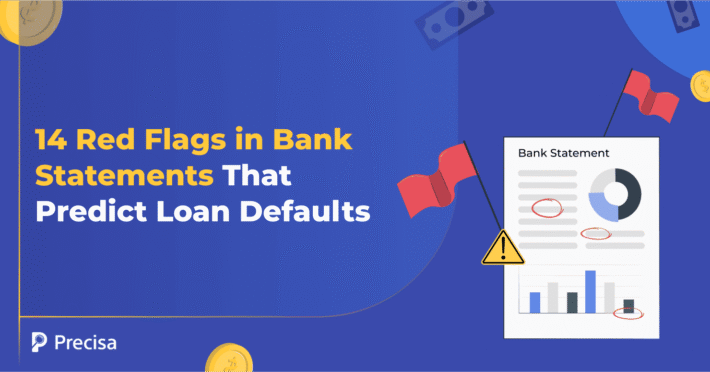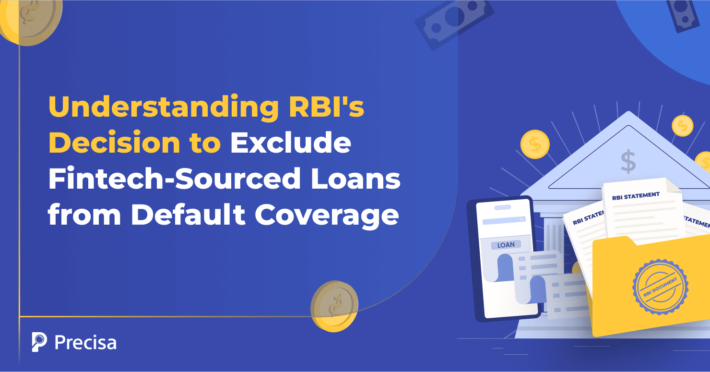Unpacking RBI’s Unified Lending Interface: What Lenders Need to Know
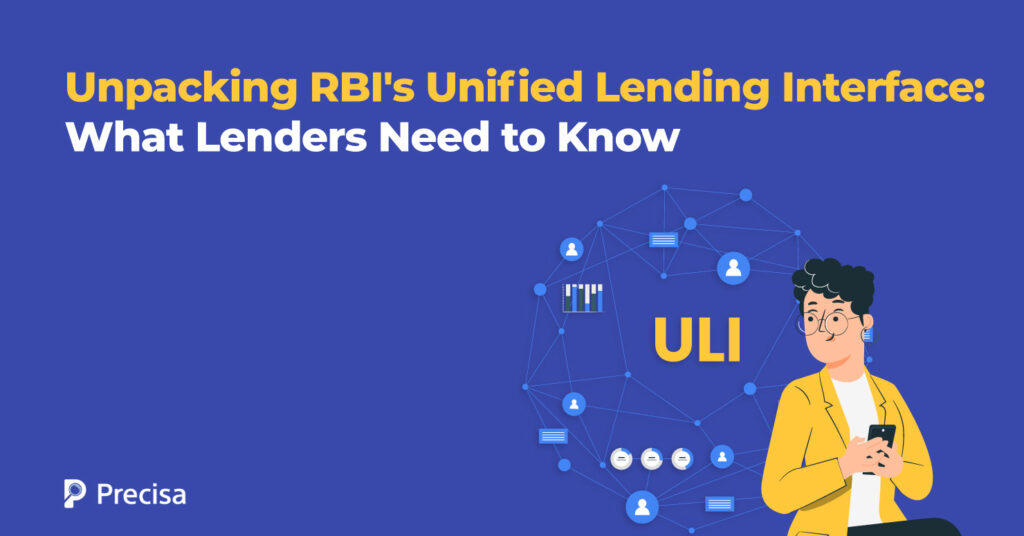
The Reserve Bank of India’s (RBI) Unified Lending Interface (ULI) is a groundbreaking technological innovation poised to transform the Indian lending sector.
The digital platform aims to facilitate the loan application process by providing lenders with quick access to comprehensive financial data through standardised APIs. This way, ULI reduces paperwork, speeds up approvals, and improves credit access for small businesses and rural borrowers.
According to the RBI Governor’s address in April 2024, India’s digital lending market is projected to reach $350 billion by 2026, powered by initiatives like ULI and OCEN.
This blog post outlines the key aspects of Unified Lending Interface, how it benefits lenders, and what they need to know to leverage this new system effectively.
What is the Unified Lending Interface (ULI)?
The ULI, introduced by the RBI, is designed to streamline and accelerate the loan approval process.
By utilising standardised APIs, the platform facilitates seamless access to a borrower’s financial data from various sources, such as government databases, credit bureaus, and financial institutions.
This “plug-and-play” model significantly reduces the complexity of technical integrations and enables lenders to gather crucial information more efficiently.
Expanding Access for NBFCs and Co-operative Banks
While ULI brings efficiencies to all lenders, it holds particular significance for smaller financial institutions such as Non-Banking Financial Companies (NBFCs) and co-operative banks. Historically, these entities have struggled with limited technology budgets and legacy systems that made accessing structured borrower data difficult.
By providing standardised APIs and a unified data ecosystem, ULI enables NBFCs and co-ops to integrate seamlessly with borrower information sources — levelling the playing field. This can significantly boost financial inclusion in rural and semi-urban India, where NBFCs and co-operatives often have a stronger presence than traditional banks.
New Opportunities for Fintechs and Technology Providers
ULI is not just a system for traditional lenders — it also opens up new avenues for fintech companies and technology enablers. Fintechs can build value-added services on top of ULI’s standardised data rails, such as:
- Automated credit scoring models
- Pre-approved loan offer engines
- Fraud detection plug-ins
- Smart underwriting dashboards
Similarly, tech providers can create advanced tools to enhance lenders’ ability to assess, monitor, and disburse loans faster, offering custom layers of intelligence atop the ULI framework.
Thus, ULI encourages a richer, more collaborative ecosystem between banks, NBFCs, fintechs, and technology innovators.
How Unified Lending Interface Transforms the Lending Process
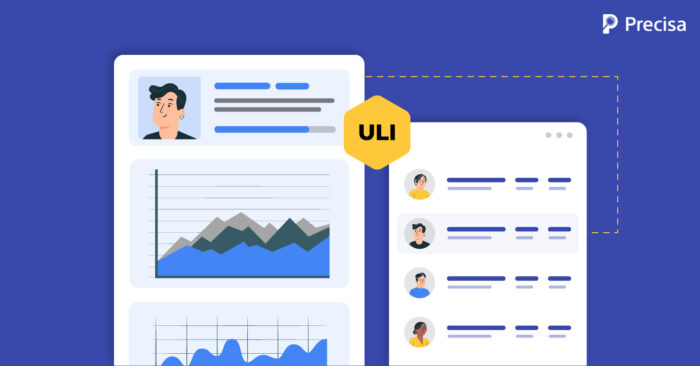
ULI is expected to transform the lending sector in the same way that the Unified Payments Interface (UPI) revolutionised digital payments.
The system streamlines data access, improves loan processing speed, and promotes financial inclusion. Here’s how:
1. Simplified Data Access
ULI allows lenders to obtain comprehensive financial data through a single platform, eliminating the need to manually gather information from multiple sources.
This unified approach makes it easier for them to evaluate creditworthiness quickly.
2. Faster Loan Approvals
With quick access to the necessary data, lenders can significantly reduce the time required for loan application processing and credit evaluation. This is particularly beneficial for small businesses and rural borrowers who often face lengthy delays.
3. Improved Financial Inclusion
The platform is designed to make credit more accessible to segments of society traditionally underserved by the financial sector, such as small businesses and rural borrowers.
The process reduces documentation requirements and makes it easier for these groups to secure loans.
4. Standardised APIs
By utilising standardised APIs, ULI ensures compatibility with existing systems of lenders, making integration smooth and cost-effective. This plug-and-play model reduces the need for complex technical setups, promoting quicker adoption.
Major Benefits of ULI for Lenders
For lenders, ULI offers several strategic advantages:
1. Reduced Operational Costs
By streamlining data collection and verification, they can reduce the administrative expenses associated with loan processing. This reduction in operational costs makes it more feasible for lenders to extend credit to a broader customer base.
2. Enhanced Customer Experience
A faster, simplified loan approval process improves customer satisfaction. Borrowers benefit from reduced waiting times and less cumbersome application procedures, fostering positive relationships between lenders and their clients.
3. Market Reach Expansion
The unified data system allows them to tap into underserved markets, such as rural areas, where traditional methods of data collection may be challenging. This expansion enables lenders to diversify their portfolios and reach a wider range of customers.
Utilising Unified Lending Interface: What Lenders Need to Do
To fully leverage the benefits of the ULI, lenders must take specific steps:
1. Integrate with the ULI Platform
They must ensure their loan management systems are compatible with ULI’s standardised APIs. This integration will allow seamless access to the data necessary for efficient credit evaluation.
2. Focus on Data Quality Management
Maintaining accurate and updated customer data is crucial for effective loan processing. Lenders should invest in systems that ensure data integrity and reliability, enhancing the effectiveness of credit assessments.
3. Training and Awareness
They should provide comprehensive training for their staff on using the ULI. Familiarity with the system’s features and capabilities will help maximise its benefits and streamline the lending process.
Understanding Unified Lending Interface’s Data Privacy Measures
A critical aspect of the RBI’s ULI is its focus on data privacy. The platform is designed to ensure that borrower information is obtained only with their explicit consent.
This consent-based model helps maintain trust and protects sensitive financial data from unauthorised access.
Adhering to these privacy standards is essential for lenders to comply with regulations and build and maintain trust with borrowers.
Unified Lending Interface vs. OCEN: What’s the Difference?
Both the Unified Lending Interface (ULI) and OCEN (Open Credit Enablement Network) aim to transform digital lending in India—but they solve different parts of the ecosystem.
1. Purpose:
- ULI is focused on standardising the technical layer for connecting lenders and borrowers, much like UPI did for payments.
- OCEN is a broader credit framework developed by iSPIRT to enable any digital platform (like an e-commerce app or accounting tool) to offer loans by acting as a Loan Service Provider (LSP).
2. Functionality:
- ULI: Acts as a plug-and-play interface that simplifies the backend infrastructure for digital lending. It connects lenders, LSPs, and borrowers in a seamless flow.
- OCEN: Provides protocols and APIs to standardise how credit is discovered, underwritten, disbursed, and repaid across various platforms.
Final Note
The RBI’s Unified Lending Interface aims to revolutionise India’s lending by speeding up and streamlining the loan application process. As ULI moves to nationwide use, lenders must integrate their systems, ensure data quality, and train their teams.
Precisa’s cloud-based analytics solution integrates seamlessly with your systems via our robust APIs. Our cloud-based financial analytics platform is built precisely for this new era. Our capabilities include:
- API-first integration with platforms like ULI
- Real-time borrower analysis and profiling
- Automated anomaly and fraud detection
- Customisable credit evaluation dashboards
With Precisa, lenders can reduce NPAs, make smarter credit decisions, and scale operations confidently in India’s digital-first financial ecosystem.

